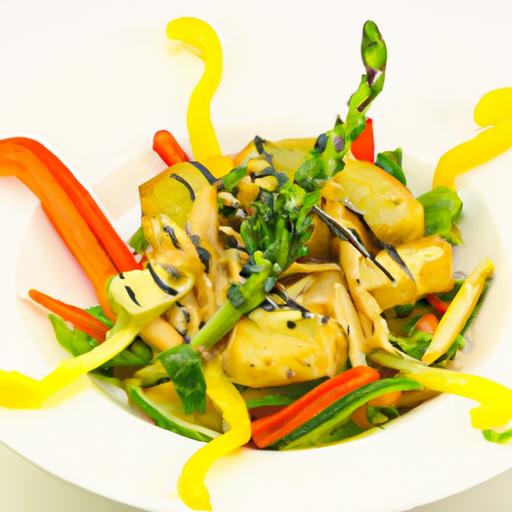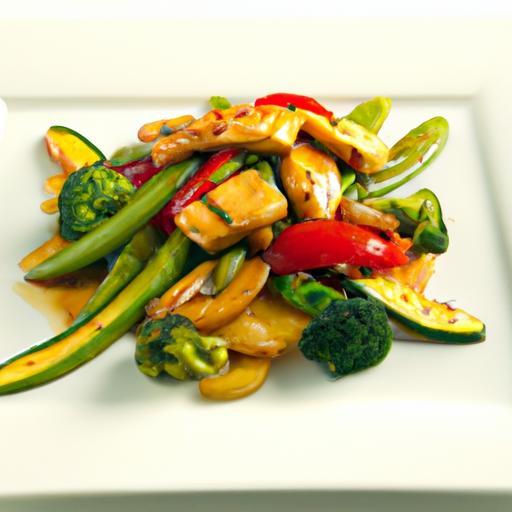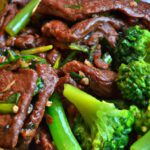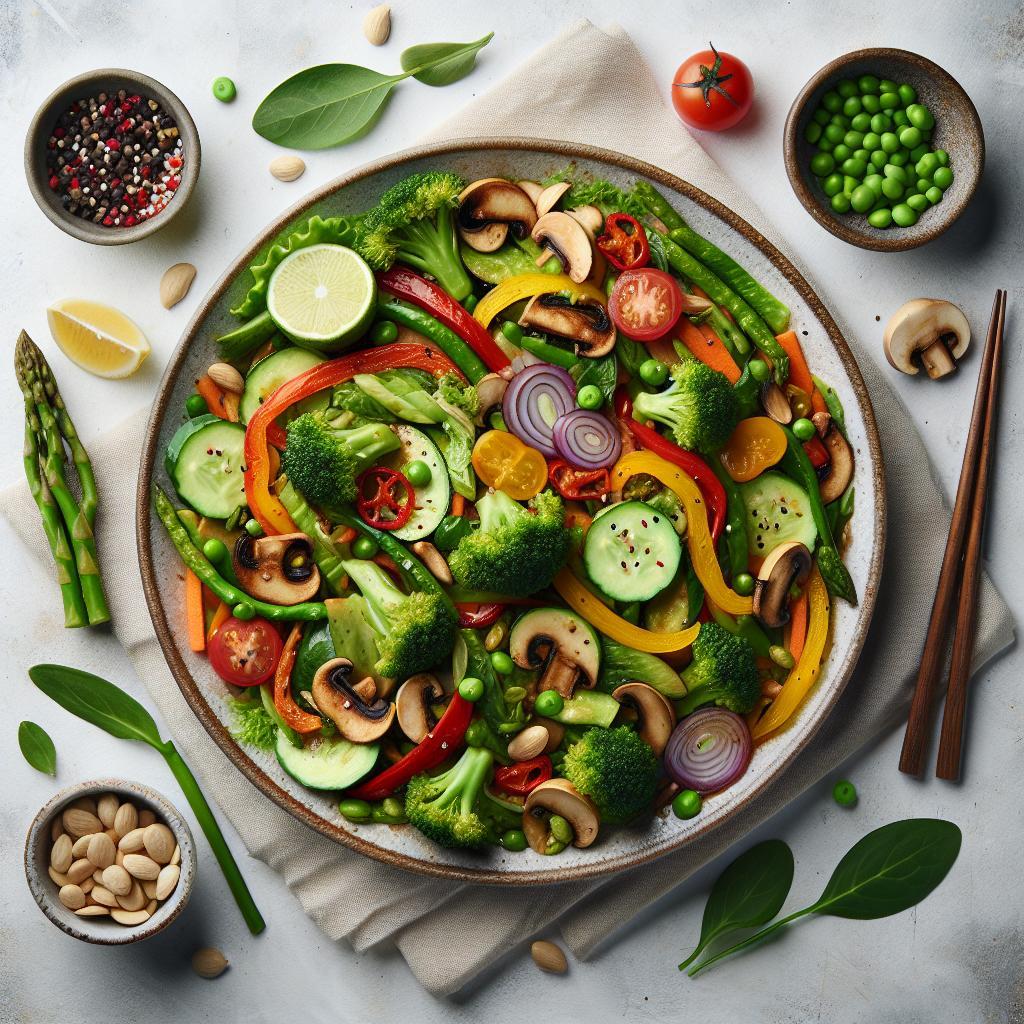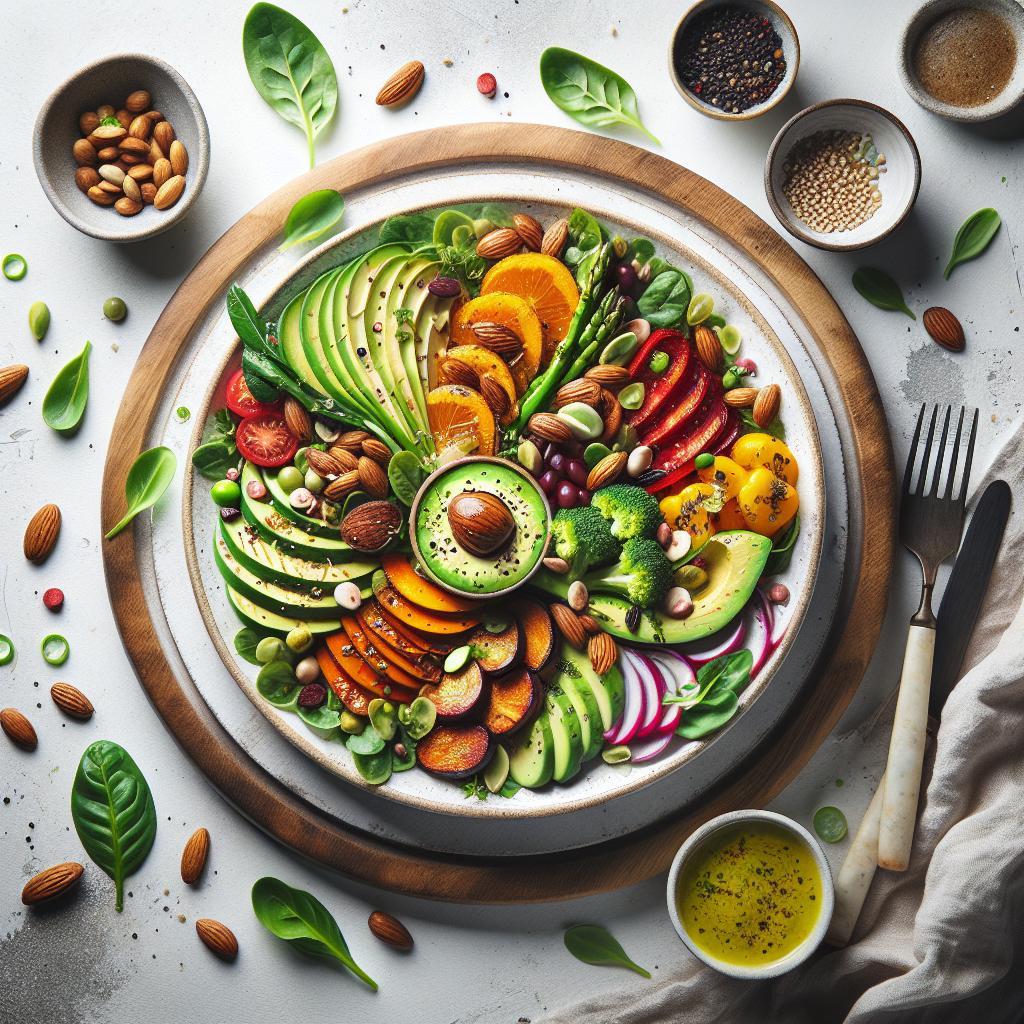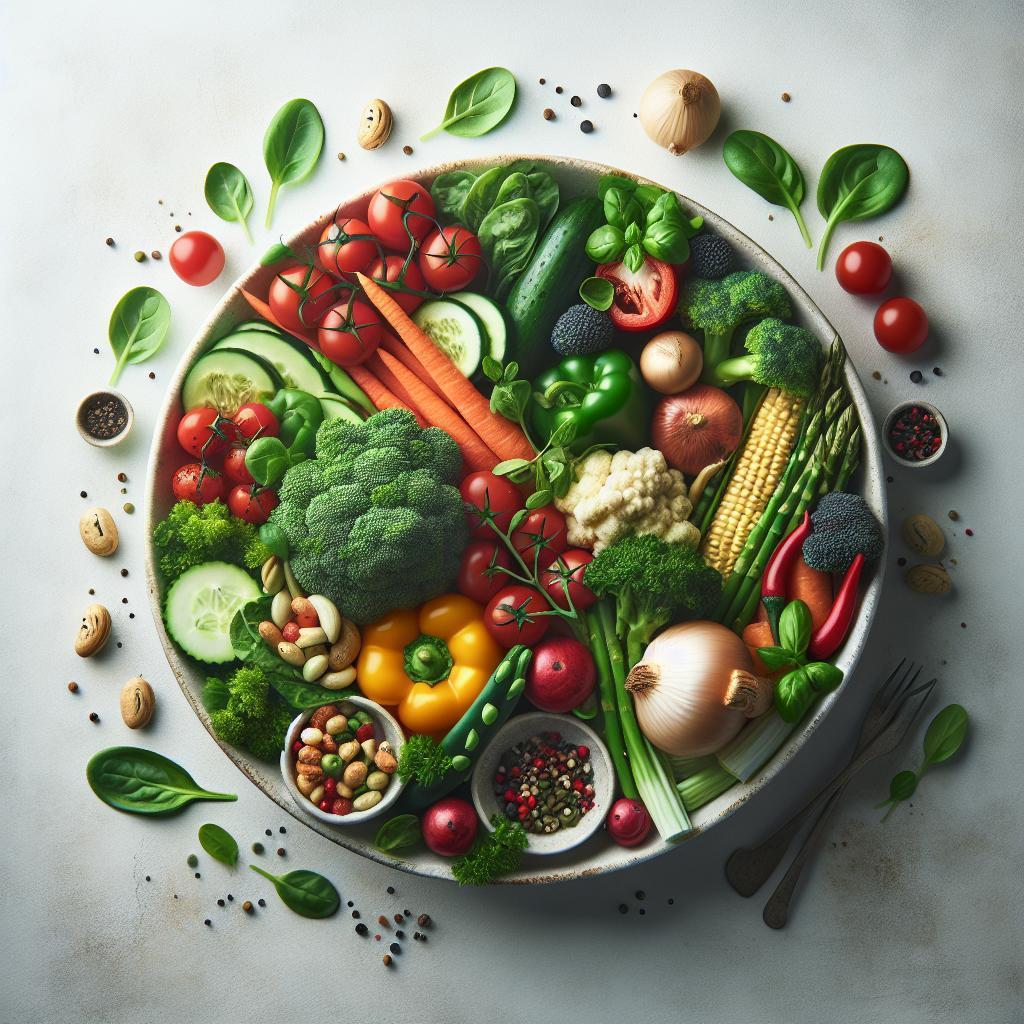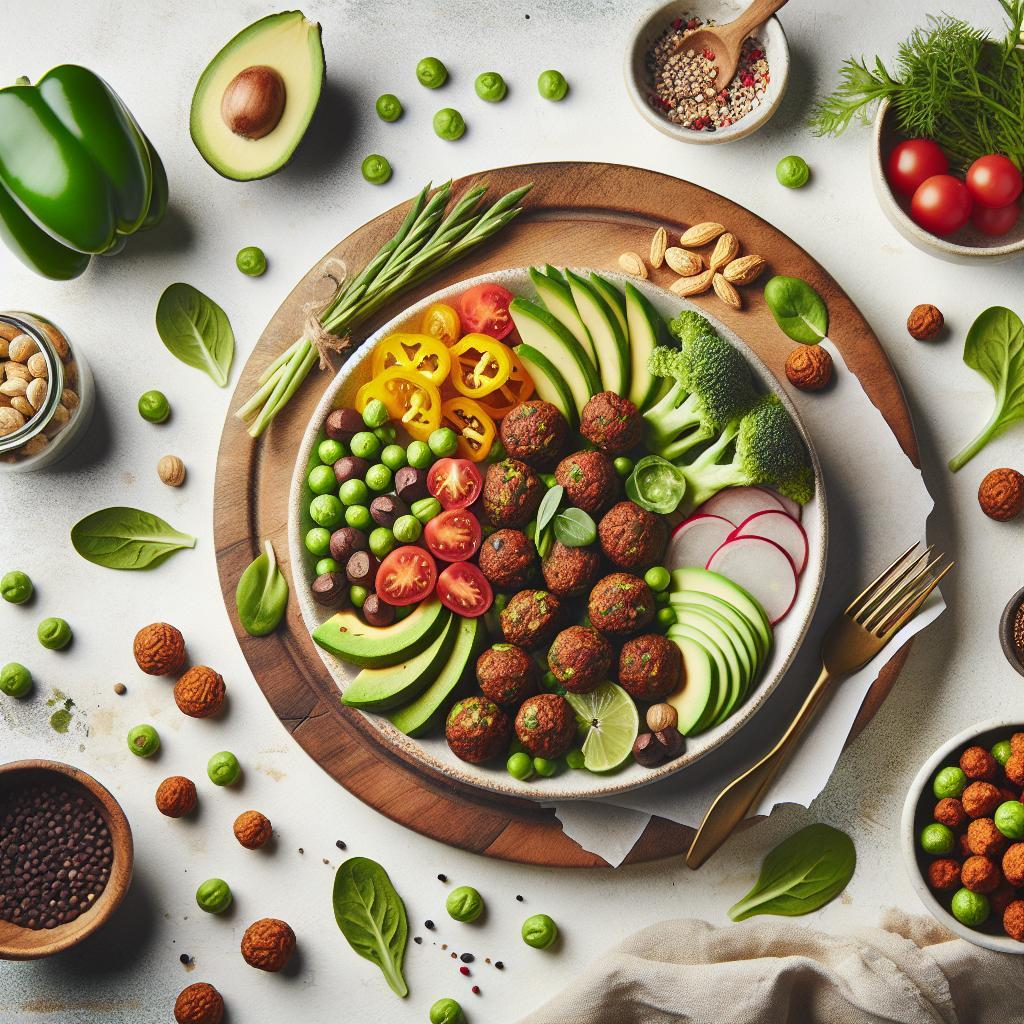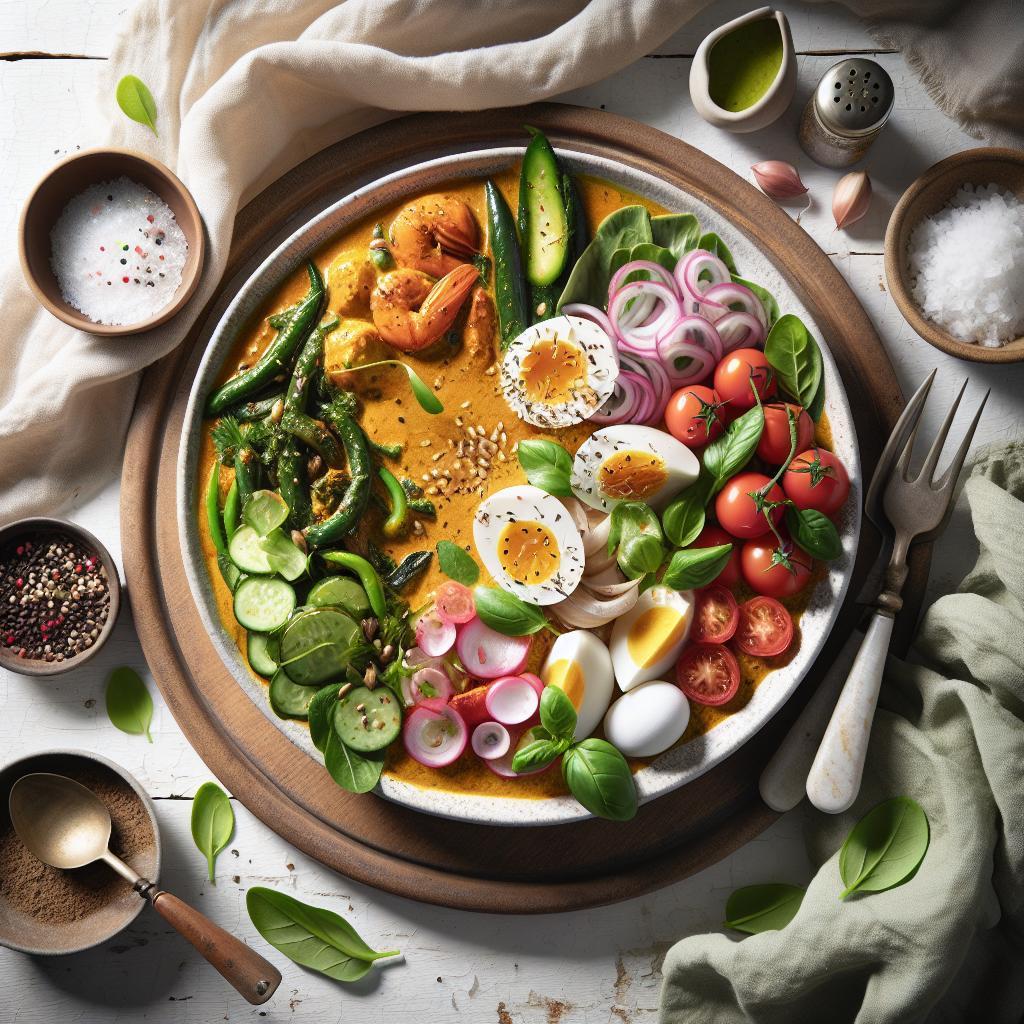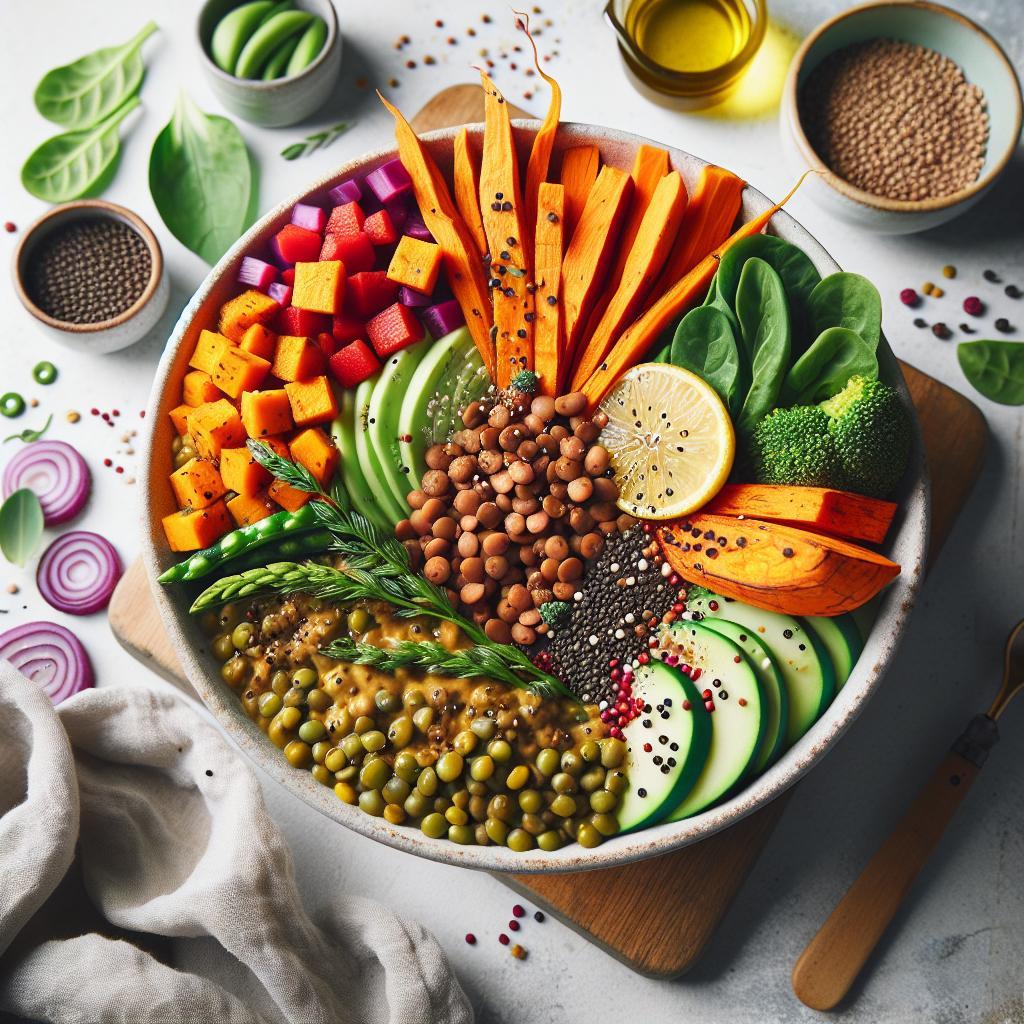Imagine sitting down to enjoy a hearty meal, only to realize that a common ingredient lurking in many dishes could turn your dining experience into a health hazard. For millions navigating life with a soy allergy, this is an all-too-familiar reality. Soy, a versatile and hidden staple in countless recipes and products, often stands between them and a carefree bite. But fear not-stepping around soy doesn’t mean stepping away from flavor. In this article, we embark on a culinary adventure to uncover safe, delicious alternatives that keep taste buds thrilled without compromising health. Whether you’re cooking at home or dining out, get ready to transform your soy-free journey into a vibrant celebration of food.
Top Soy-Free Protein Alternatives for Balanced Nutrition
Navigating Soy Allergy: Safe and Tasty Food Alternatives becomes empowering once you discover a variety of delicious, nutrient-packed substitutes to incorporate into your meals. While soy is a popular protein source, especially in vegetarian and vegan diets, there are numerous other wholesome options that deliver both flavor and balance without triggering allergies.
Prep and Cook Time
- Preparation: 10 minutes
- Cooking: 20 minutes
Yield
- Serves 4
Difficulty Level
- Easy
Ingredients
- 1 cup quinoa, rinsed
- 2 cups low-sodium vegetable broth
- 1 cup cooked lentils (brown or green)
- 1 cup roasted chickpeas
- 1 medium avocado, diced
- 1 cup cherry tomatoes, halved
- 2 cups fresh spinach
- 1/4 cup toasted walnuts
- 3 tbsp extra virgin olive oil
- Juice of 1 lemon
- 2 cloves garlic, minced
- Salt and pepper to taste
- Fresh parsley, chopped (for garnish)
Instructions
- Cook the Quinoa: In a medium saucepan, combine quinoa and vegetable broth. Bring to a boil, then reduce heat, cover, and simmer for 15 minutes until the liquid is absorbed and quinoa is fluffy. Fluff with a fork and set aside to cool.
- Prepare Roasted Chickpeas: If using canned chickpeas, drain, rinse, and pat dry. Toss with 1 tbsp olive oil, salt, pepper, and smoked paprika if desired. Roast at 400°F (200°C) on a parchment-lined tray for 15 minutes or until crispy.
- Make the Dressing: Whisk together olive oil, lemon juice, minced garlic, salt, and pepper in a small bowl. Adjust seasoning to taste.
- Mix the Salad: In a large bowl, combine cooled quinoa, cooked lentils, roasted chickpeas, cherry tomatoes, spinach, avocado, and toasted walnuts. Drizzle with the dressing and toss gently to combine all flavors without mashing the avocado.
- Garnish and Serve: Sprinkle chopped fresh parsley over the salad. Serve chilled or at room temperature for a refreshing, protein-packed meal.
Chef’s Notes
For more protein variety, try substituting the lentils with hemp seeds or pumpkin seeds. For a nut-free version, omit walnuts and add sunflower seeds instead. To turn this into a hot dish, warm the lentils and quinoa before tossing with the remaining ingredients. This dish keeps well in the refrigerator for up to 3 days, making it ideal for meal prep.
Serving Suggestions
This nourishing salad pairs beautifully with grilled chicken or fish for non-vegetarian diets. For a vegan dinner, serve alongside roasted seasonal vegetables or wrapped inside large lettuce leaves for a refreshing hand-held meal. Garnish with freshly cracked black pepper and a wedge of lemon for an inviting and vibrant presentation. A sprinkle of crumbled feta (if dairy is tolerated) heightens flavor complexity.

| Nutrient | Amount per Serving |
|---|---|
| Calories | 350 kcal |
| Protein | 18 g |
| Carbohydrates | 45 g |
| Fat | 12 g |
For further insights about maintaining a soy-free lifestyle while keeping your diet nutritionally rich, explore our in-depth guide on Soy-Free Nutrition Tips. Also, visit the American Academy of Allergy Asthma & Immunology for expert information on managing soy allergy symptoms effectively.
Q&A
Q&A: Navigating Soy Allergy: Safe and Tasty Food Alternatives
Q1: What exactly is a soy allergy, and how common is it?
A1: A soy allergy is an immune system reaction to proteins found in soybeans. When someone with this allergy consumes soy, their body mistakenly attacks the protein as harmful, triggering symptoms that can range from mild hives to severe anaphylaxis. Soy allergy is relatively common, especially among children, though many outgrow it. For those who don’t, navigating everyday foods becomes a mindful adventure.
Q2: Why is it important to find soy alternatives instead of just avoiding soy outright?
A2: Avoiding soy is essential, but simply cutting it out can limit your diet and nutritional intake, as soy is a key protein source, especially in vegetarian or vegan diets. Finding safe and tasty alternatives ensures you don’t compromise on flavor or nutrition, transforming your meals into creative experiences rather than restrictions.
Q3: What are some common foods or ingredients that often contain hidden soy?
A3: Soy pops up in surprising places! Look out for soy lecithin in chocolates, soy protein in processed snacks and protein bars, soy sauces and marinades, and even some baked goods. It’s also frequently found in convenience foods and vegetarian meat substitutes. Always read labels carefully-soy can be a sneaky ingredient.
Q4: What are the best plant-based protein alternatives for someone allergic to soy?
A4: Luckily, nature offers a rich tapestry of protein sources beyond soy. Lentils, chickpeas, quinoa, hemp seeds, pumpkin seeds, almonds, and sunflower seeds all pack a protein punch. Pea protein is also rising in popularity as an allergen-friendly substitute in many meatless products.
Q5: How can I replace soy milk in my diet without losing creaminess and flavor?
A5: Soy milk’s creamy texture and mild flavor make it a favorite, but fear not-almond milk, oat milk, coconut milk, rice milk, and hemp milk are all luscious soy-free options. Each has its own unique taste and consistency: oat milk is creamy and neutral, almond milk is light and nutty, and coconut milk offers a tropical twist. Experiment with blends to find your perfect match.
Q6: Are there any cooking tips for maintaining flavor and texture when swapping out soy ingredients?
A6: Absolutely! When replacing soy-based sauces, try tamari (gluten-free soy sauce alternative made from fermented soy-note: check allergy status if highly sensitive) or coconut aminos, which mimic the umami depth of soy sauce without the soy. For tofu substitutes, firm eggplants, grilled mushrooms, or roasted cauliflower can provide the meaty texture. Use bold herbs, spices, and acids like lemon or vinegar to enhance flavor complexity.
Q7: What precautions should someone with a soy allergy take when dining out or trying new foods?
A7: Dining out requires a detective’s eye and a clear voice. Always inform your server or chef about your allergy, ask detailed questions about ingredients and cross-contamination, and consider choosing restaurants with allergen-aware menus. When in doubt, stick to simple dishes made from fresh, whole ingredients.
Q8: Can soy allergy impact other allergies or dietary choices?
A8: Sometimes, yes. People allergic to soy might also react to other legumes like peanuts or chickpeas, though this varies by individual. Soy allergy can also influence dietary patterns-vegan and vegetarian diets often rely heavily on soy, so those avoiding it may need to explore alternative protein sources. Consulting a dietitian can help tailor a balanced, satisfying eating plan.
Q9: How has the food industry adapted to accommodate soy-allergic consumers?
A9: The food world is evolving! More products now highlight allergen-free claims, and soy-free alternatives are flourishing-from dairy-free milks to meat substitutes made from peas or mycoprotein. Transparent labeling and innovative recipes make it easier than ever to enjoy diverse, delicious meals without soy.
Q10: What’s the most important mindset for living well with a soy allergy?
A10: Embrace curiosity and creativity! Instead of seeing soy allergy as a limitation, view it as an opportunity to discover new flavors, ingredients, and cooking methods. Being informed, vigilant, and adventurous transforms challenges into culinary triumphs, proving that safe can also be sumptuous.
Whether you’re managing a soy allergy yourself or supporting a loved one, these insights can help you navigate mealtime with confidence, health, and joy. After all, the world of food is vast-and delicious-beyond soy.
Key Takeaways
In the intricate dance of flavors and nutrition, navigating a soy allergy might seem like a challenging step, but it’s far from a stumbling block. With a little creativity and careful ingredient choices, you can craft meals that are not only safe but bursting with taste and variety. Embracing soy-free alternatives opens a gateway to discovering new textures, exciting flavors, and wholesome nutrition that nourish both body and soul. So, whether you’re a seasoned kitchen explorer or just beginning this journey, remember: every dish is an opportunity to celebrate health, adaptability, and the joy of eating well-even without soy. Keep experimenting, stay informed, and savor the vibrant possibilities that await beyond the allergy.